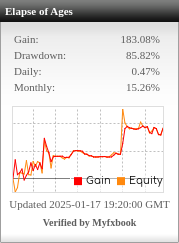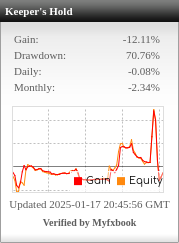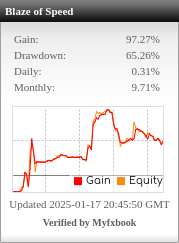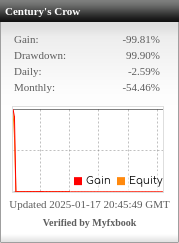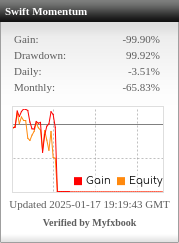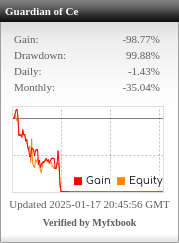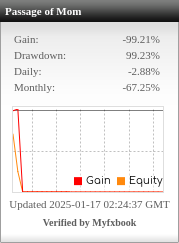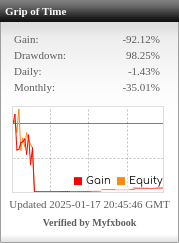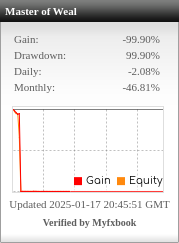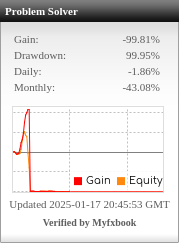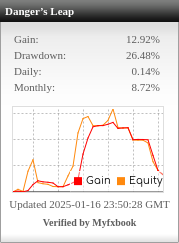Table of Contents
When retesting strategies from XAUUSD on a new pair like AUDUSD, you should first consider retesting with the original parameters before adjusting them. Here’s why, and the next steps if adjustments are needed:
Initial Retesting Without Adjustments:
- Purpose: This helps you identify which strategies are naturally robust and can perform well across different currency pairs without any changes. It acts as a preliminary filter.
- Benefits:
- Saves Time: Quickly narrows down strategies that might be applicable to AUDUSD.
- Robustness Check: Strategies that perform well on both pairs without adjustments are likely more reliable in various market conditions.
- Approach: Load the strategies and run them on AUDUSD historical data to evaluate their performance metrics (e.g., profit factor, drawdown, Sharpe ratio).
Adjusting Parameters for Retest:
- When to Adjust: If you find that many strategies are underperforming or only partially meet your criteria, consider retesting with adjusted parameters to better match the characteristics of AUDUSD.
- How to Adjust:
- Fine-Tune Key Parameters: Adjust strategy-specific inputs like moving average periods, stop loss, take profit, or trailing stop distances to align with AUDUSD’s volatility and behavior.
- Adjust Risk Settings: AUDUSD may have different average volatility and trading volume compared to XAUUSD, so tweaking risk parameters can help improve performance.
- Benefits:
- Better Suitability: Tailors the strategies more specifically to AUDUSD.
- Potential Performance Improvement: Strategies that did not perform well in the initial retest may show significant improvement after adjustments.
Recommended Workflow:
- Retest Without Adjustments: Start with a simple retest to identify strategies that work out-of-the-box on AUDUSD.
- Review Metrics: Analyze the retest results and focus on strategies that meet a minimum performance threshold.
- Adjust and Retest:
- If you find strategies that are close to being successful, adjust their parameters and retest.
- Use optimization to find the best set of parameters, but be careful to avoid overfitting.
Key Considerations:
- Balance: Adjusting parameters can enhance performance, but too much adjustment risks overfitting. Aim for a balance that maintains general strategy robustness.
- Start Small: Test parameter adjustments on a smaller set of top-performing strategies before applying them to a larger group.
In summary, start with a straightforward retest without changes. If needed, proceed to fine-tune the strategies’ parameters for AUDUSD to enhance performance and adaptability.


